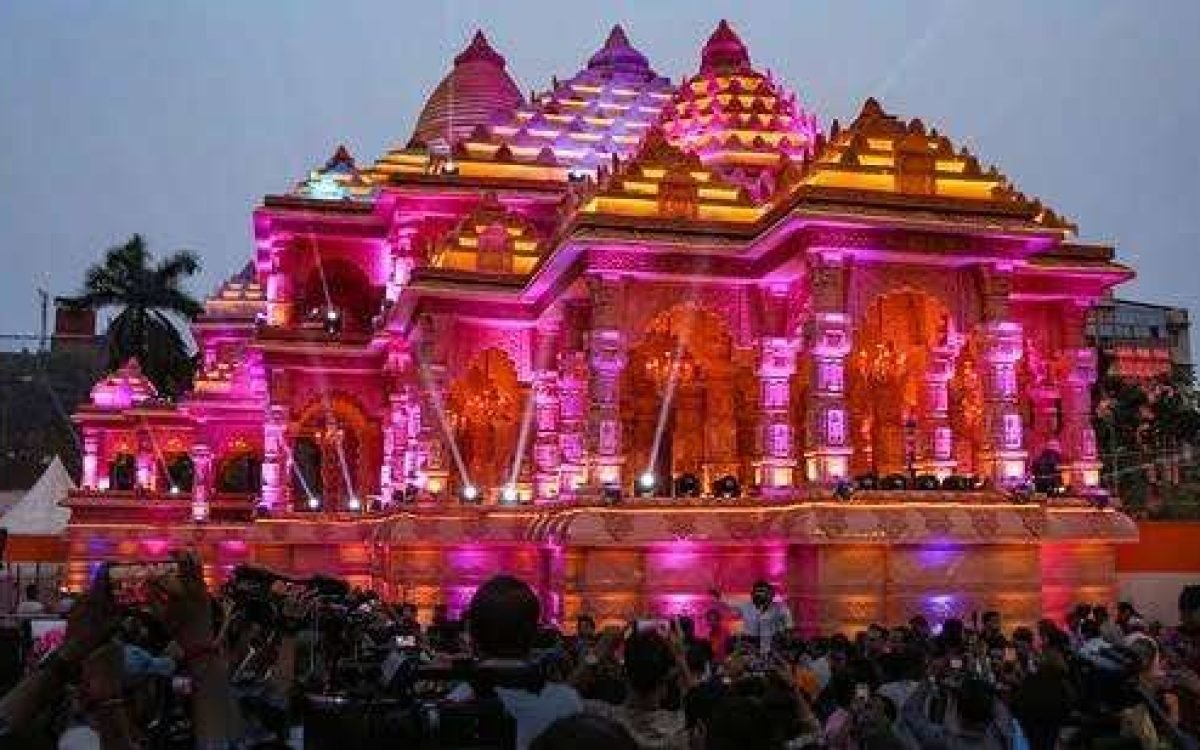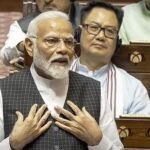Inauguration of Ram Temple in Ayodhya: A Symbolic Shift for India
In a historic moment, Indian Prime Minister Narendra Modi marked the inauguration of the grand Ram Temple in Ayodhya, signaling what he dubbed “a new era” for the nation. This significant event replaces a 16th-century mosque, demolished by Hindu mobs in 1992, leading to riots that claimed nearly 2,000 lives. The ceremony drew luminaries from the realms of film and cricket, adding a touch of glamour to the sacred occasion. However, not without controversy, as some Hindu seers and much of the opposition boycotted the event, accusing Modi of exploiting it for political purposes.
A Divisive Celebration: Voices of Unity and Discord
The grandeur of the temple’s inauguration stands juxtaposed with the discord it has sown. While the ceremony reflects a momentous shift in India’s cultural landscape, with the temple becoming a symbol of religious identity, the absence of some religious leaders and opposition figures underscores the lingering political tension. As India embraces this new chapter, the challenge lies in fostering unity and understanding, transcending the shadows of the past and navigating the complexities of religious and political narratives.
Decades ago, foot soldiers like a young Narendra Modi crisscrossed India, championing a cause that would reshape the nation. Their mission: to gather funds for a grand Hindu temple in Ayodhya, a symbol that would redefine India’s identity. From door to door, they collected millions, organizing ceremonies in 200,000 villages to bless individual bricks meant for the sacred city. These bricks, more than mere construction materials, were envisioned as the foundation for a Hindu nation, rectifying what some saw as the perceived injustice of India’s secular birth.
Fast forward nearly four decades, and the cornerstone of this vision has found its place. Prime Minister Modi, once a young organizer, recently inaugurated the Ram temple in Ayodhya. This marks a significant milestone for a national movement that sought to unite India’s Hindu majority, transcending caste and tribe divisions. The temple stands not just as an architectural triumph but as a symbol of a broader vision—a vision that aims to establish Hindu supremacy in India, shaping the country’s future based on a unified Hindu identity.
For India’s 200 million Muslims, the inauguration of the Ram temple in Ayodhya has deepened feelings of despair and disconnection. The site, once home to the Babri Mosque, witnessed its destruction in 1992, triggering sectarian violence that claimed thousands of lives. The echoes of that event resonate today in acts of violence against Muslims, from cow-related lynchings to attacks on interfaith couples under the guise of combating “love jihad.” The destructive pattern continues with “bulldozer justice,” reminiscent of Ayodhya, where Muslim homes are razed without due process amid religious tensions.
The Ram movement has propelled the Hindu right wing into India’s political forefront. The temple’s inauguration, spanning 70 acres at a cost of nearly $250 million, marks an unofficial commencement of Prime Minister Modi’s bid for a third term in the upcoming spring election. Modi’s central role in the temple’s inauguration, likened by Hindu nationalists to the Vatican or Mecca, illustrates the blurring of traditional boundaries. The intertwining of religion and politics signals a shift in India’s landscape, raising concerns about the marginalized position of the Muslim community in this evolving narrative.
As the temple stands tall, a symbol of religious identity, it serves as a backdrop to the unfolding political drama. For India, the challenge lies in balancing the celebration of cultural heritage with safeguarding the principles of secularism and inclusivity that underpin its constitutional fabric.









